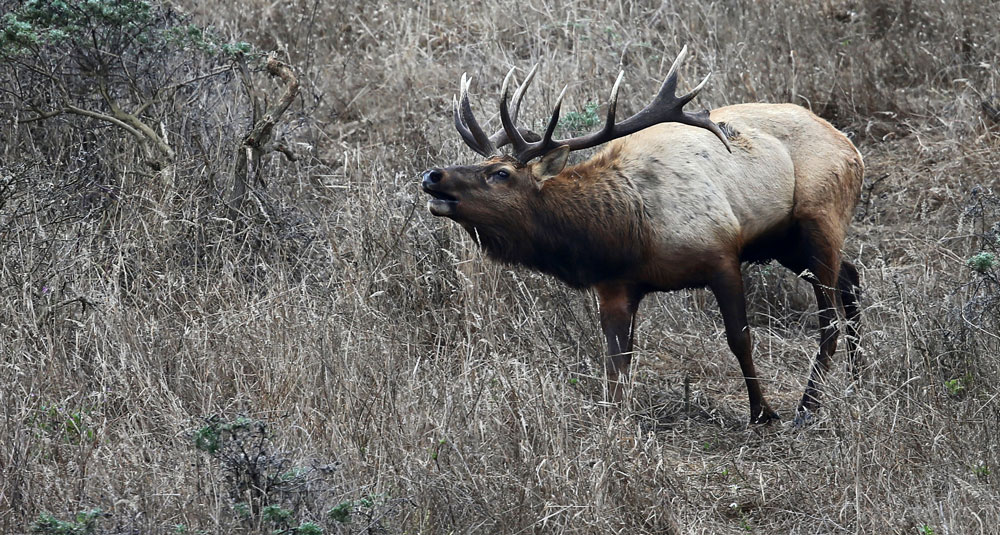Below is a news release from the California Department of Fish and Wildlife.
The California Department of Fish and Wildlife (CDFW) has detected the state’s first cases of a potentially crippling hoof disease in two Roosevelt elk from a resident herd in Del Norte County.
Treponeme-associated hoof disease (TAHD) – commonly referred to as “elk hoof disease” – can cause deformed, overgrown and otherwise damaged hooves. The lesions and resulting deformities are painful and lead to limping, lameness and even death as observed in other states. When the disease is severe, elk may become too weak to graze, fight off other infections or escape predators.
TAHD was first identified in elk from Washington in the 1990s, but much remains unknown about the disease. Currently, there is no known cure or vaccination.
TAHD has been documented in elk in Washington, Oregon and Idaho. Recent detections in Oregon’s Douglas County were previously the closest to California. TAHD gets its name from a bacterium, Treponema sp., that is associated with this disease, but other pathogens also may play a role. Scientists at Washington State University who are experienced with TAHD confirmed the disease in the two Roosevelt elk from Del Norte County.
It is unknown what impact TAHD may have on elk populations in California or other states. California is home to three subspecies of elk – Rocky Mountain elk, Roosevelt elk and tule elk – that together inhabit approximately 25 percent of the state. In other states, both Rocky Mountain and Roosevelt elk have contracted TAHD. To date, there are no known cases of TAHD among tule elk.
While the disease appears to be highly infectious among elk, there is no evidence that it affects humans. Still, hunters who harvest an elk exhibiting signs of deformed or damaged hooves should exercise caution and practice safe hygiene when processing, cooking and consuming the meat. Hunters also are encouraged to submit hoof samples to CDFW from suspect elk.
CDFW will be working with natural resource agencies in other western states and academic partners to increase surveillance for TAHD in California, plan management actions and facilitate research.
(Photo source: California Department of Fish and Wildlife)
